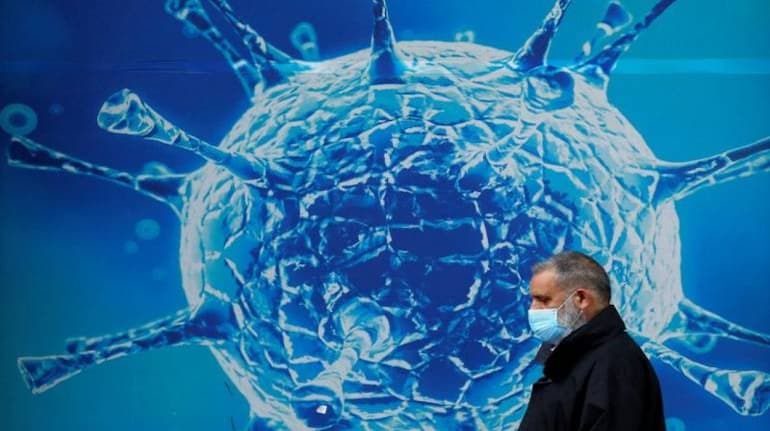A total of 78,19,886 people have recuperated from COVID-19 so far pushing the national recovery rate to 92.41 percent, while the case fatality rate has further declined to 1.48 percent.
India's COVID-19 caseload mounted to84,62,080 with 50,356 infections being reported in a day, while the number of people who have recuperated from the disease crossed 78 lakh pushing the national recovery rate to 92.41 percent, according to data updated by the Union Health Ministry on Saturday. The coronavirus death toll climbed to 1,25,562 with 577 new fatalities, the data updated at 8 am showed.
A total of 78,19,886 people have recuperated from COVID-19 so far pushing the national recovery rate to 92.41 percent, while the case fatality rate has further declined to 1.48 percent.
The number of active cases of COVID-19 remained below 6 lakh for the ninth consecutive day.
There are 5,16,632 active cases of coronavirus infection in the country as on date which comprises 6.11 percent of the total caseload, the data stated.
India's COVID-19 tally had crossed the 20-lakh mark on August 7, 30 lakh on August 23 and 40 lakh on September 5.
It went past 50 lakh on September 16, 60 lakh on September 28, 70 lakh on October 11 and crossed 80 lakh on October 29.
According to the Indian Council of Medical Research (ICMR), a cumulative total of 11,65,42,304 samples have been tested up to November 6 with 11,13,209samples being tested on Friday.